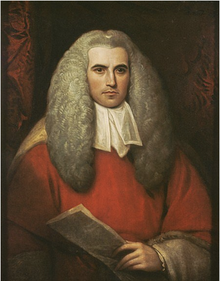Regency Personalities Series-Sir Thomas Andrew Lumisden Strange
Regency Personalities Series
In my attempts to provide us with the details of the Regency, today I continue with one of the many period notables.
Sir Thomas Andrew Lumisden Strange
November 30, 1756 – July 16, 1841

Thomas Andrew Lumisden Strange
Sir Thomas Andrew Lumisden Strange was the son of Sir Robert Strange, a Scottish artist, and his wife Isabella Lumisden. He was born in England, studied law at Lincoln’s Inn, and was called to the bar in 1785.
After practicing law for four years, he was appointed Chief Justice of Nova Scotia in 1790, likely helped by his mother’s friendship with Lord Mansfield, a cabinet minister. He was sent to Halifax where he served for seven years until 1797. He found many of the cases had to do with relatively small property claims.
He was instrumental in freeing slaves from their owners in the colony. His successor said that “in cases involving runaway slaves Strange required “the fullest proof of the master’s claim” and that since this was difficult to produce “it was found generally very easy to succeed in favour of the Negro.” Blowers, as attorney general, and Strange frequently discussed how to proceed in such matters, and Strange decided to move slowly rather than “throw so much property as it is called into the air at once.”
Strange supported the development of Kings College from his position on the board of governors. He donated his law library to the lawyers in Nova Scotia, which laid the foundation for the present library of the Nova Scotia Barristers’ Society. Benjamin West painted Strange’s full-length portrait, which hangs in the Nova Scotia court.
He moved back to England in July 1796. Strange was knighted on 14 March 1798 and the same year was appointed as Recorder of Fort St. George (Madras), British India. In 1800, consequent to the Regulating Act of 1797, the Recorder’s Court was superseded by the Supreme Court, and Strange was appointed Chief Justice. He commanded two of the four companies of Madras Militia and played an important role in suppressing the Vellore Mutiny of the soldiers of the East India Company in 1806.
After his retirement from service in India in 1817, he returned to England. In 1825 he published the book, Elements of Hindu Law.
A huge portrait of Sir Thomas Strange adorns the gallery of the Chief Justice’s Court in the Madras High Court.
He died at Kempshot Rd, Lower Streatham on 16 July 1841 and was buried in West Norwood Cemetery.





